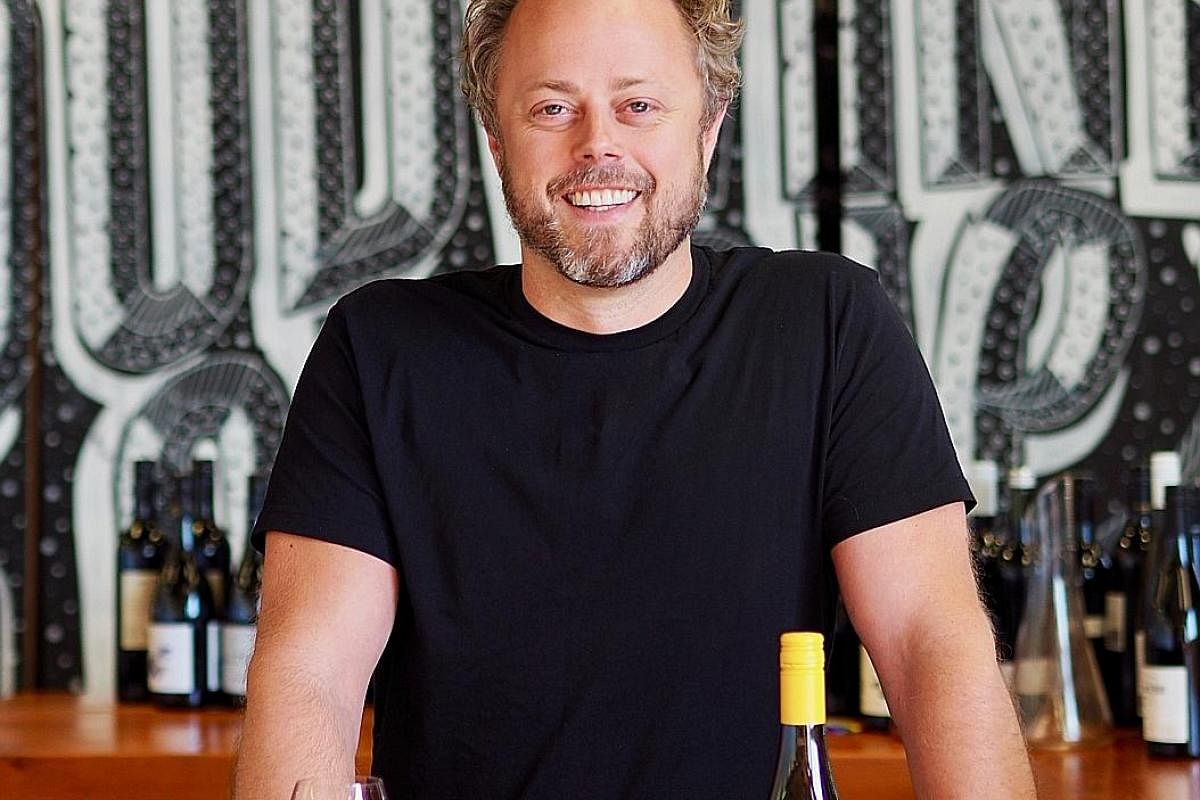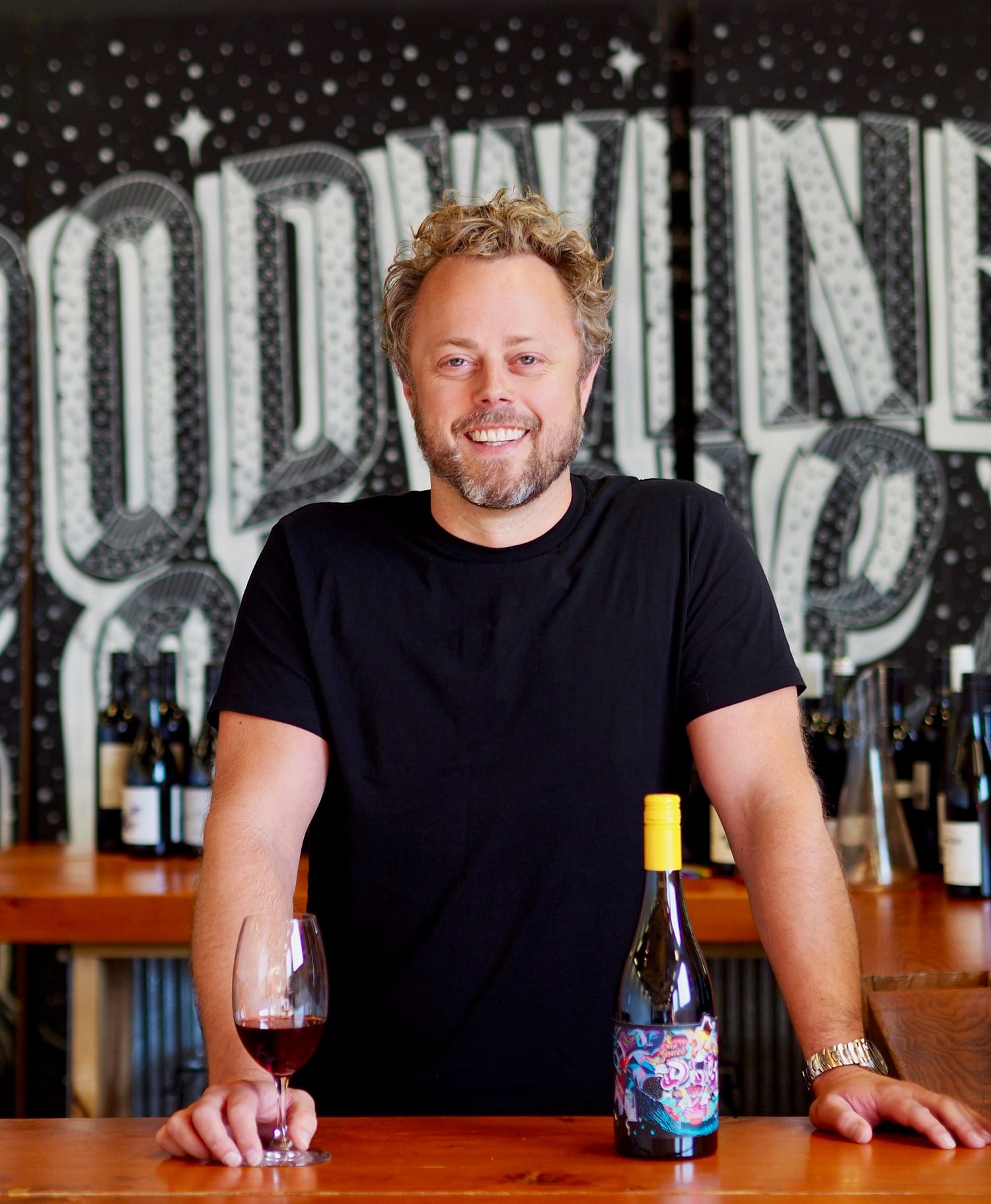Swig
Thirsty for new flavours
Online wine retailer Vinomofo's co-founder Justin Dry say Singaporeans are increasingly game to try less traditional wines

Wine drinkers in Singapore are an adventurous bunch, according to Mr Justin Dry, chief executive officer and co-founder of online wine retailer Vinomofo.
The Australia-based company, which sells wine at a discount and delivers it in cases of six or 12 bottles to your doorstep, has been in Singapore for only a year.
But consumers here are so thirsty that the company has already amassed a customer base of more than 17,000 members and a projected revenue of $3.5 million.
Many of these drinkers, Mr Dry adds, are also going for non-traditional tipples.
"Customers in Singapore are not sticking to the traditional wines that you'd expect if you read historical data," says the 40-year-old over the telephone from Melbourne.
Wines that are traditionally popular here are Old World European wines and New World Australian and New Zealand wines, but minimal-intervention, organic and biodynamic wines are coming into their own.
"There's a fair bit of New World wines, some Old World stuff that we sell, but it's fascinating to see the interest in the newer, small-batch producers of the world," Mr Dry adds.

"We're putting some really interesting small-batch wines in front of the Singapore Mofos (members of Vinomofo) and they're drinking them up."
Some brands that are moving fast here include Adelaide's Commune of Buttons, which makes natural wines, and South Australia's Lucy Margaux wines, produced through biodynamic farming techniques in the vineyard.
Interest in such minimal-intervention wines are part of a global move towards "conscious consumerism" and wanting to know the provenance of wines, Mr Dry says.
He feels that the trend will continue to build momentum next year.
"I also see sparkling wines, especially prosecco, continuing to grow ridiculously fast. Rose is seeing huge growth as well."
He feels that Singapore's openness to new wine styles boils down to the fact that people here "are already used to drinking wines from all over the world".
Vinomofo also operates in New Zealand.
Mr Dry says that the customers in Singapore tend to go more for European rather than Australian and New Zealand wines, while customers in traditional grape-growing countries such as Australia or New Zealand are "more parochial".
He co-founded the company, which grew from a start-up operating out of a garage, with his brother-in-law, Mr Andre Eikmeier, in 2011.
Their intention was to curate and sell premium wines at affordable prices and shed wine's stuffy image by making the vocabulary surrounding it more accessible. By buying directly from wineries and bypassing the middleman, Vinomofo keeps prices low.
Mr Dry says that its success in Singapore was remarkable.
Vinomofo's wine stocks here sold out within two weeks of its launch in December last year.
Within 24 hours of the launch, the company rang up $120,000 in sales and more than 5,000 people signed up for the free membership on its website, which gives them access to Vinomofo deals.
Mr Dry says that the customer base here - mostly made up of expatriates - is "growing by 10 per cent a month".
The quick takeoff in Singapore has also meant the company can go ahead with other expansion plans, starting with the United States, which Mr Dry believes is "the biggest market and one that's growing so fast".
The recent wildfires in the Californian wine-growing region have not put a damper on their efforts and, instead, Mr Dry sees it as a chance for similar wine styles from outside the US to make a mark.
"The challenges California has seen recently will have an impact on the (domestic) market, in terms of more tainted products and less supply, which will drive up prices. But the opportunity is that the gap will need to be filled by, potentially, quite similar styles of wine," he says.
"A similar style to a Napa Cabernet Sauvignon or a Napa Chardonnay is a Western Australian wine from Margaret River, so there's a real opportunity there for wine regions and countries that produce wines of a similar build to get into the American market."
In any case, he is excited about the Singapore market, which he is confident will grow in the next few years.
"There are a lot of people who have lifestyles that see them going out to drink interesting wines and spend money on food - and we've attracted that audience."
He also feels that Singapore is right on trend and not a market that requires a wait-and-see approach.
"Your food and wine scene is incredible, so I don't think we need to spot trends in other markets and then assume that, in a year or two, they're going to be in Singapore."
Join ST's Telegram channel and get the latest breaking news delivered to you.
A version of this article appeared in the print edition of The Sunday Times on December 24, 2017, with the headline Thirsty for new flavours . Subscribe

